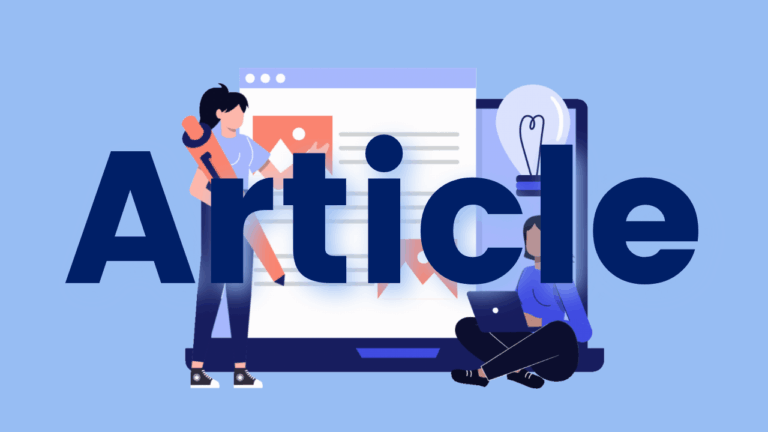Reading Road Trip: Dyslexia Facts, Myths and Strategies with Dr. Jack Fletcher
Kate chats with Dr. Jack Fletcher this week, unpacking all things dyslexia: Risk factors and prevention, dyslexia vs dysteachia, instructional tips, wait-to-fail, and dyslexia myths and misconceptions.




